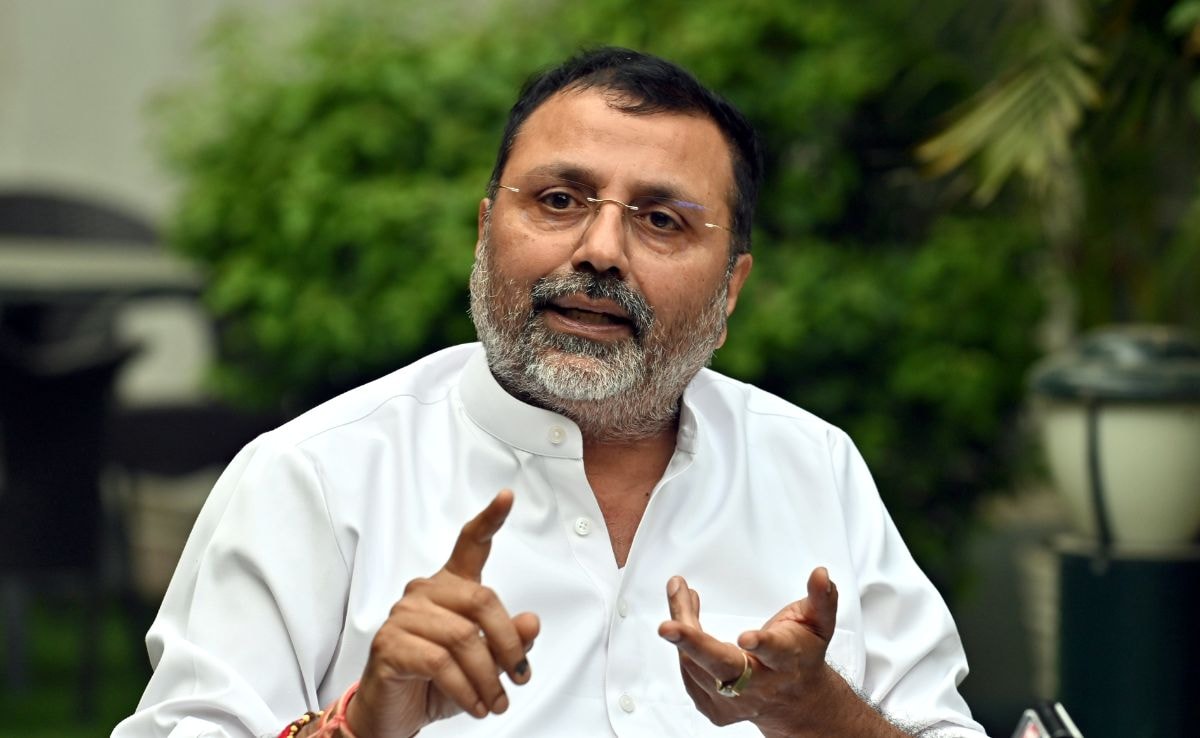Supreme Court Under Fire: BJP Lawmaker Accuses Judiciary of Stoking Religious Tensions

The simmering tension between the Centre and the Supreme Court has reached a boiling point, with the political landscape becoming increasingly charged and confrontational. BJP parliamentarian Nishikant Dubey has launched a scathing and unfiltered attack on the nation's highest judicial institution, pulling no punches in his criticism.
Dubey's rhetoric has escalated the ongoing dispute, employing inflammatory language that suggests the Supreme Court is potentially undermining national stability. He has boldly accused the court of promoting "anarchy" and even suggested that its recent actions could be tantamount to "inciting religious tensions" - strong allegations that signal a dramatic escalation in the ongoing institutional standoff.
The broadside represents a significant moment in the complex relationship between the legislative, executive, and judicial branches of India's democratic framework. By using such provocative terminology, Dubey has effectively thrown down a gauntlet, challenging the Supreme Court's authority and signaling the BJP's increasingly confrontational stance towards judicial oversight.
This latest development underscores the growing friction between political power and judicial independence, raising critical questions about the balance of power in India's constitutional democracy.
